Galaxy A20S and K51S are two basic Samsung and LG mobile phones, respectively, which currently are sold for prices below $220 in online stores. With simple technical specifications, the two phones have a 6.5″ screen and HD+ resolution, but differ in the rest, as in the system or Android version. In the following lines, check the similarities and differences.
Galaxy A20S vs LG K51S
| Samsung Galaxy A20S | LG K51S | |
|---|---|---|
| Launch | November 2019 | June 2020 |
| Current price | from $219 | from $199 |
| Screen | 6.5 inches | 6.5 inches |
| Screen resolution | HD + (1560 x 720 pixels) | HD + (1600 x 760 pixels) |
| Processor | Snapdragon 450 (octa-core up to 1.8 GHz) | Helio P35 (octa-core up to 2.3 GHz) |
| RAM | 3 GB | 3 GB |
| Storage | 32 GB | 64 GB |
| Memory card | Micro SD | Micro SD |
| Main camera | Triple Camera: 13, 8 and 5 MP | Quadruple Camera: 32, 5, 2 and 2 MP |
| Front camera | 8 MP | 13 MP |
| Operating system | Android 9 (Android 10 update available) | Android 9 |
| Battery | 4,000 mAh | 4,000 mAh |
| Dimensions and weight | 163.3 x 77.5 x 8 mm; 183 grams | 165.2 x 76.7 x 8.3 mm; 194 grams |
| Color | Black, Red or Blue | Titanium or Red |
Screen and Design
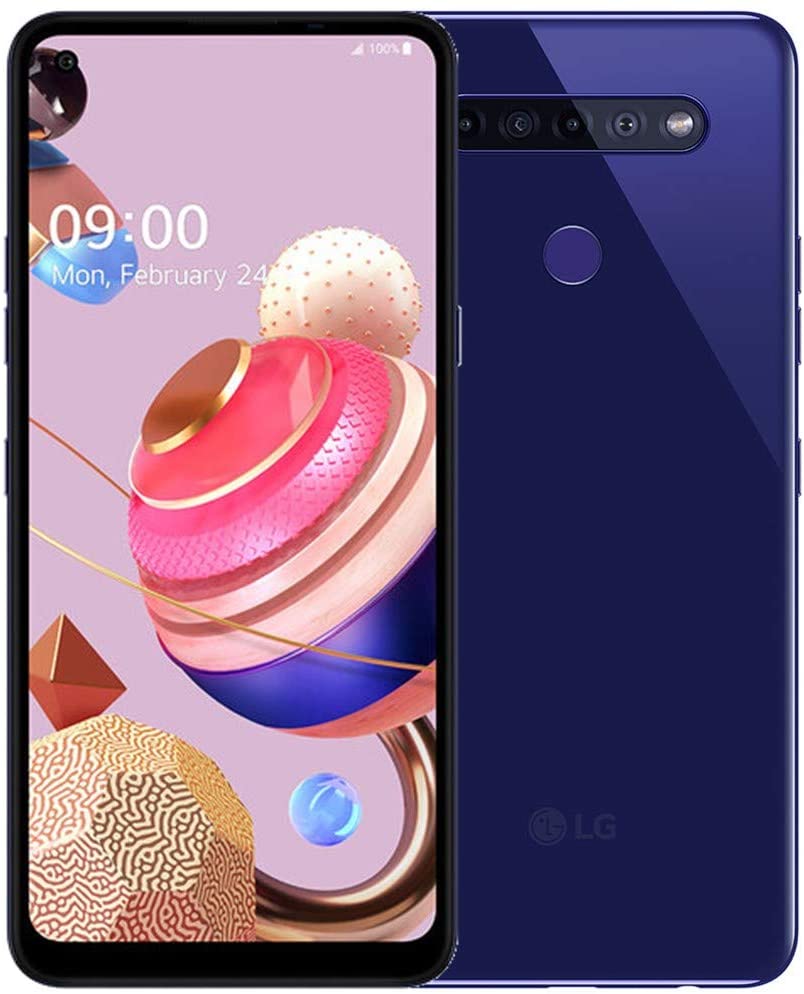
The IPS display of the two phones measures the same 6.5 inches diagonally and there is also a tie in resolution since both are HD+ – 1560 x 720 pixels for the A20S and 1600 x 720 pixels for the K51S. This small difference in vertical pixel count allows LG’s phone to have a density – the number of individual points that make up the images – greater than 282 PPI versus 264 PPI for Galaxy.
In the design, the two devices have a very similar overall appearance. In LG’s case, the main difference is the exclusive key to call the Google Assistant.
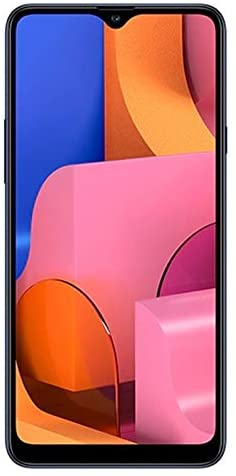
Both smartphones are made of plastic and the K51S, as is common in LG’s phones, comes with the promise of greater resistance due to the military certification MIL-STD-810G for high humidity conditions or sudden variations in temperature and pressure. This does not mean that the screen will not break if you knock it down, or even that the device will survive a run-in with water, for example.
The LG K51S is sold in titanium or red, while the Galaxy A20S appears with options in black, red, or blue.
Cameras
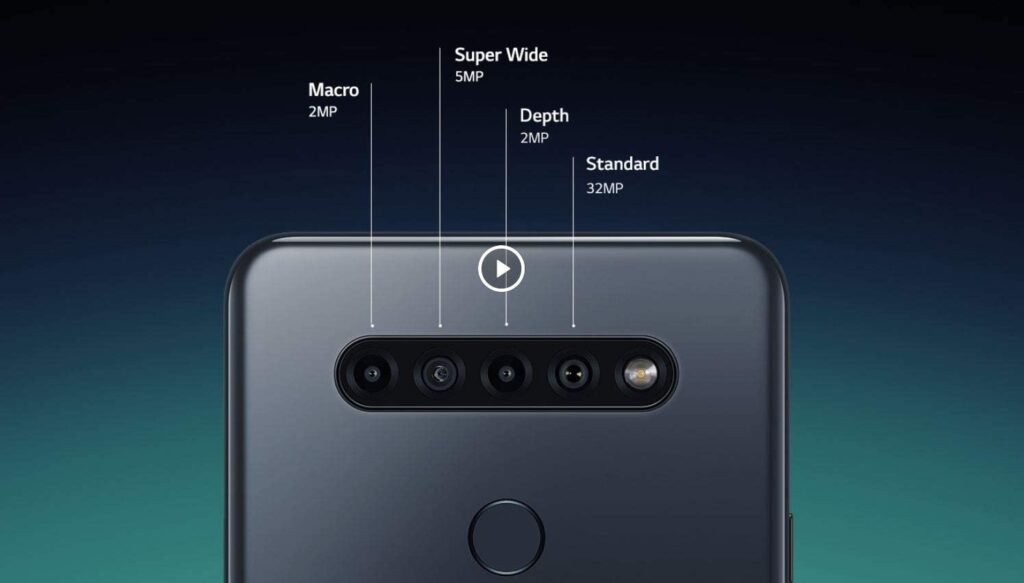
Regarding cameras, the LG comes with a quadruple main camera system that is divided between a 32 MP main camera with a wide lens; an ultra-wide 5 MP and f/2.2 focal aperture; a 2 MP macro and f/2.4; and the last sensor, also of 2 MP (f/2.4), destined to the perception of depth of field when generating images in portrait mode.
In our K51S review, we found quality problems in the photos, with grainy images even in well-lit environments, besides the delay between shooting the shutter and loading the photo you just took in the gallery.
The Galaxy A20S comes with a triple camera with 13 MP sensors and a wide f/1.8 lens; 8 MP, coupled with an ultra-wide f/2.2 lens; and a 5 MP (f/2.2) depth camera. After all, the big difference between the two devices is that without a macro lens, the Galaxy A20S will not have the same agility as K51S to shoot close-up objects.
Both phones record video in Full HD resolution (1920 x 1080 pixels) with a 30 FPS limit. HDR is also supported for both video and photo.
On the front panel, the consumer still finds dedicated cameras for selfies on both phones. On the LG K51S, the sensor in question has 13 MP of maximum resolution, higher than the 8 MP of the front camera used by Samsung.
Performance and storage
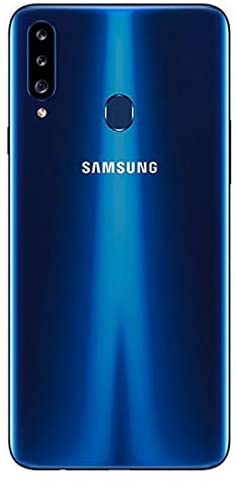
Both devices run on simpler processors. In Samsung’s case, the chip in question is a Snapdragon 450 (Qualcomm) with eight cores and a speed of up to 1.8 GHz. The LG has the most advanced processor: the Helio P35 (MediaTek) with eight cores, of which four run at 2.3 GHz and four runs at 1.8 GHz.
Regardless of the technical comparison between the two processors, our tests with the K51S identified slow system transitions and a slow device behavior when responding to user interactions.
Regarding RAM, there is parity between the two smartphones. Both run with 3 GB, which may be enough to keep only a few apps in the background.
From the storage point of view, the K51S ends up in advantage because of the offer of 64 GB of space for data, while the A20S has half of this. There is also support for microSD in both cell phones.
Battery
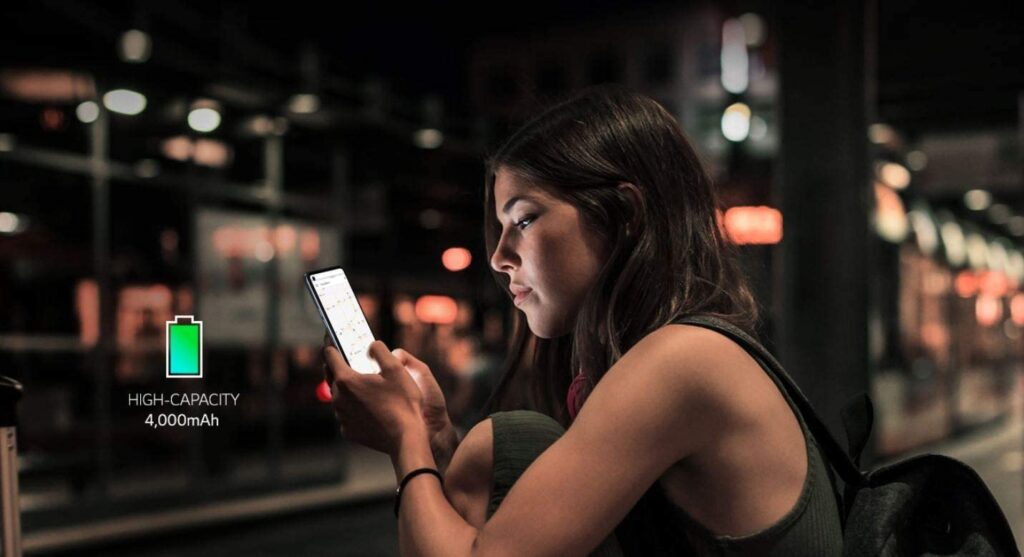
Both phones use a battery with 4,000 mAh of maximum gross capacity and that should be enough in both cases to hold a whole day away from the socket. In our review, the K51S was held for 17 hours away from the jack.
From a charging point of view, the Galaxy A20S is smarter because it comes with a 15 Watts fast charger. The LG comes with a 10 Watt charger.
Android version and additional features
Regarding the operating system, the two smartphones were launched on the market with Android 9 Pie installed, but only the A20S received an official update for Android 10. Also, Samsung has already advanced that the model is among the selection of devices of the brand that will receive Android 11 – although this has no precise date to occur.
Both K51S and Galaxy A20S do not offer NFC connectivity, which enables the use of the cell phone for proximity payments.
Another feature worth keeping an eye on is Wi-Fi. Both devices have Wi-Fi 4 (802.11n) networks of only one 2.4 GHz band. In Bluetooth, the K51S comes with Bluetooth 5.0 which, more efficient, allows easy pairing, consumes less battery, and delivers more stable connectivity than the Bluetooth 4.2 available in Galaxy.
In telephony, both Samsung and LG access 4G networks and allow the use of two SIM chips at the same time. Regarding biometrics, you can find fingerprint readers in both, as well as a headphone output.
Price
The Galaxy A20S can currently be found starting at $219. Samsung’s price is very close to $199 in online retail.
Considering that the K51S has an extra camera, better processor, double data space and more advanced network support, the price difference ends up insignificant – in case you don’t mind the possibility of not receiving Android 10 and 11 officially on the device.
- Buy Galaxy A20S
- Buy LG K51S
This post may contain affiliate links, which means that I may receive a commission if you make a purchase using these links. As an Amazon Associate, I earn from qualifying purchases.

